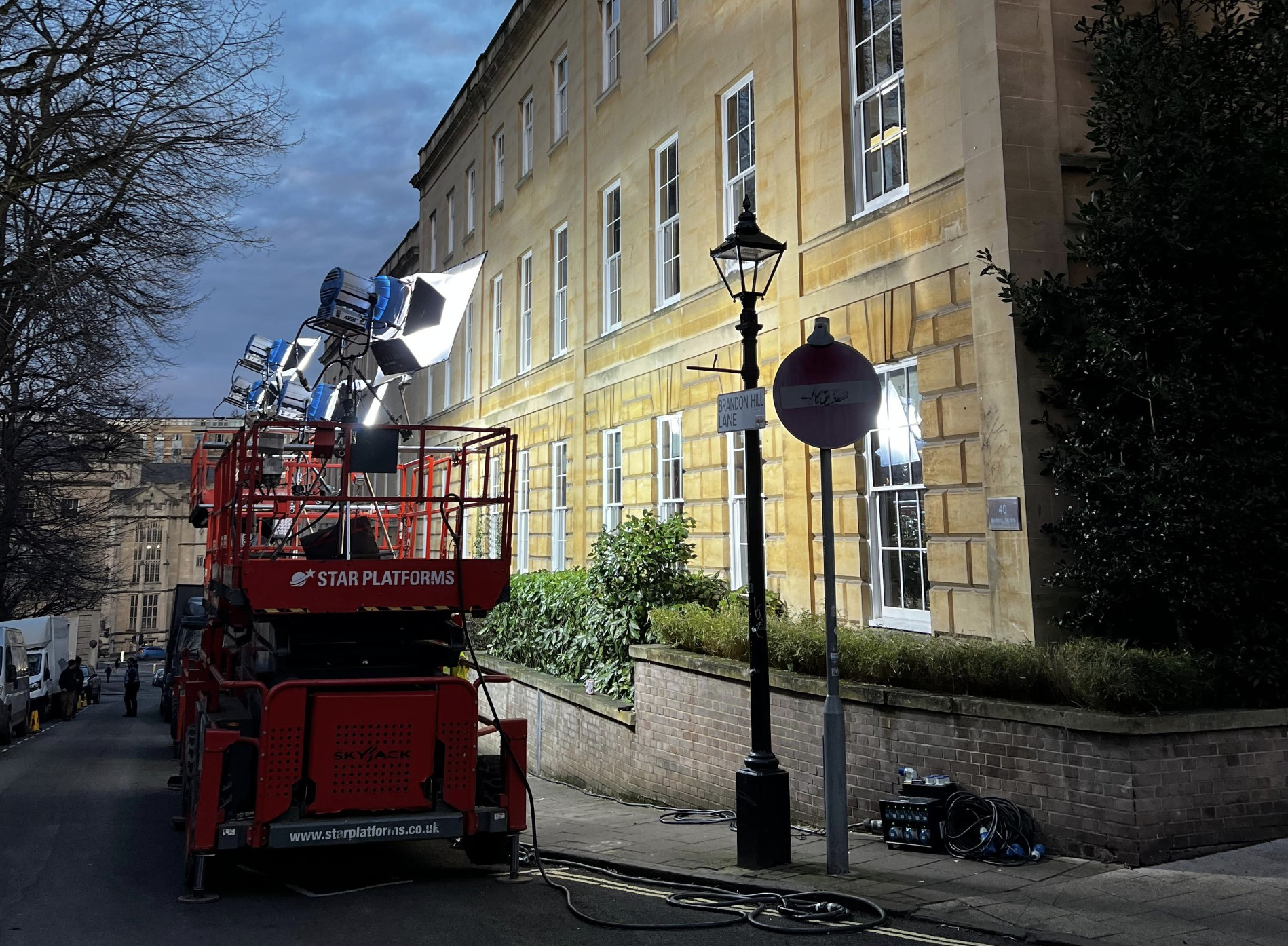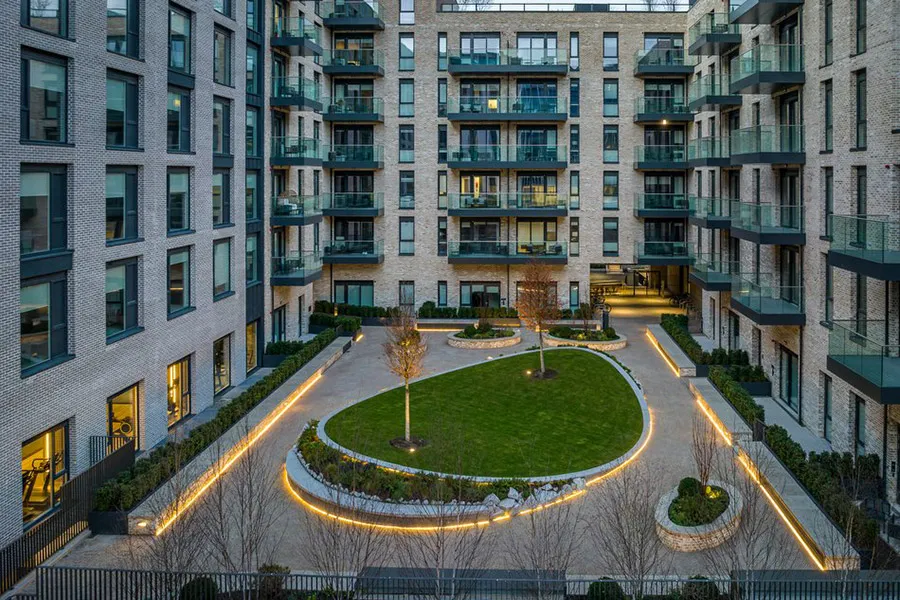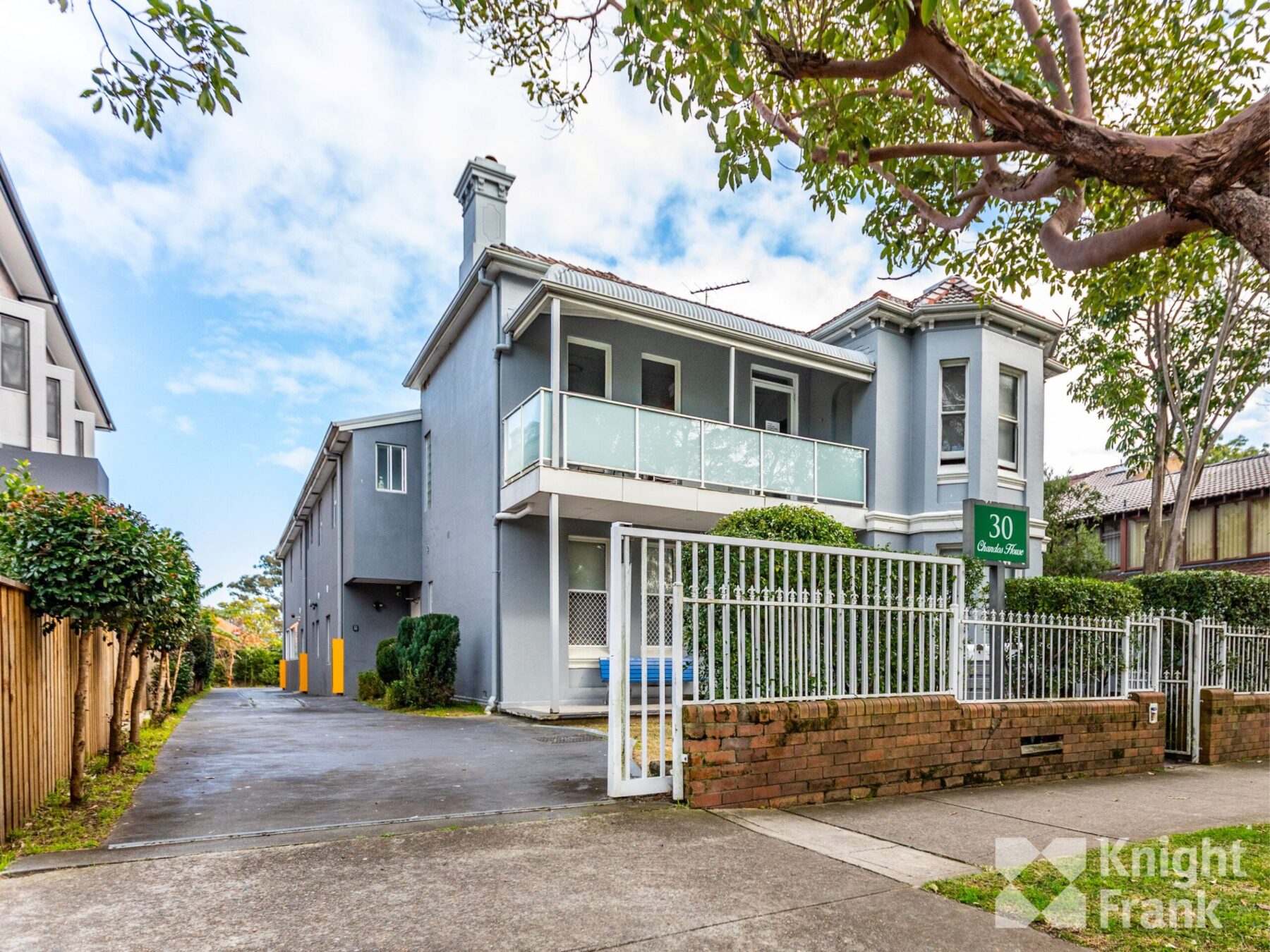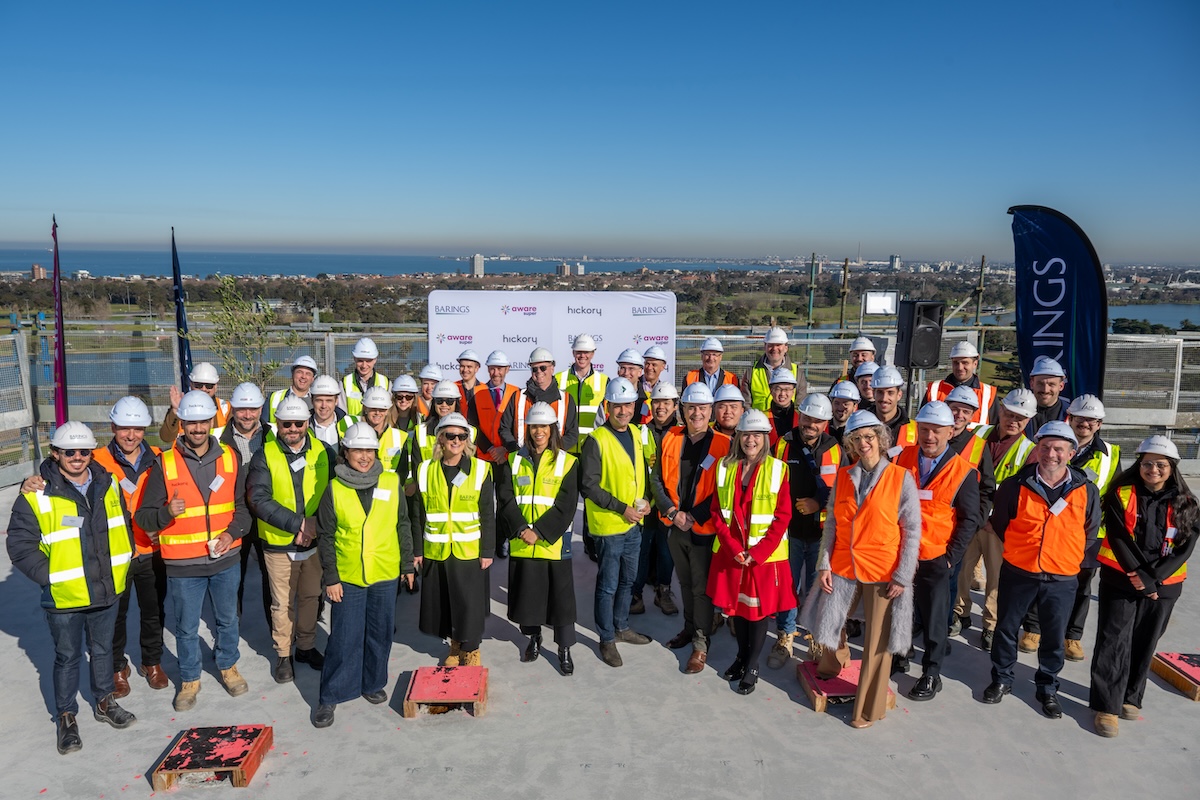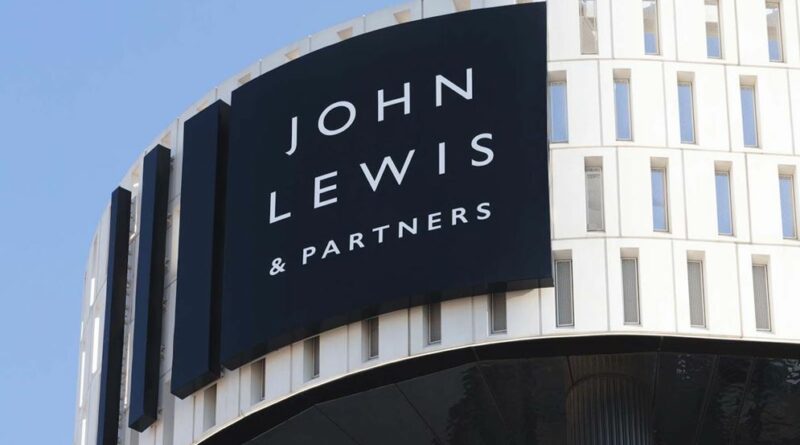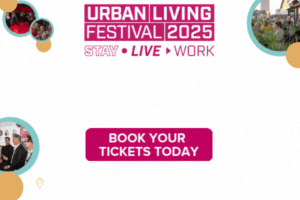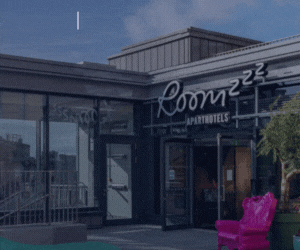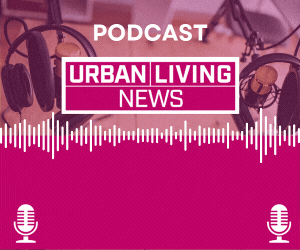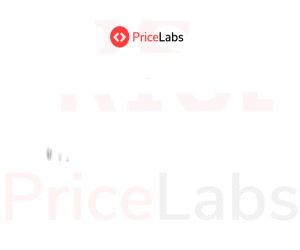Editor George Sell shares five trends he thinks will resonate throughout the real estate and hospitality sectors in 2024.
• Office-to-resi conversions pick up pace
A combination of shifting working patterns leading to employers reducing their office space and frustrations with the planning system will combine to result in more office-to-resi conversions in 2024.
Under what is called Permitted Development rights, or PD, certain types of project don’t require a full planning application, and office-to-resi is one of those use classes. A good example of this was recently acquired by Citra Living, the BTR arm of Lloyds Banking Group. It bought a development of 124 apartments at Warley in Essex for £35. 7 million.
The apartments form a part of Land Charter Group’s 330-home regeneration project. The one and two-bedroom apartments have been created as a result of an office-to-resi conversion project that saw the redevelopment of Ford Motor Company’s former European headquarters, where Ford ceased to operate in 2019. The original building, built in 1964 and modelled on Ford’s global head office in Detroit, has been repositioned with the help of its original architects, tp bennett.
The architects have maintained the unique historical features of its façade, helping reduce the embodied carbon in development and operation through the retention of the original building structure, in keeping with modern-day sustainability considerations. In addition, the building now features electrical vehicle charging points and solar panels, encouraging the use of more sustainable modes of transportation and clean energy.
William Shoebotham, partner at Allsop, said: “Ford’s former Warley HQ is a superb example of an office-to-residential conversion through permitted development, an asset class which has been of increasing interest to investors and in which Allsop has built considerable expertise over the years. Thanks to Land Charter Group and its partners, this building has retained its historical features as well as acquiring new sustainable elements, making it well suited to the needs of modern occupiers.
This development typifies the higher end of PD and provides a template that will be popular in 2024.
• Flex workspace operators open industry-specific properties
The common perception of coworking is that it provides offices and desks for people who sit at computers all day, but the reality is that there is a thriving sub-sector of niche operators who cater to specific industries.
In London, we have seen the likes of Huckletree targeting specific neighbourhoods for new openings in a deliberate strategy to attract certain sectors – its Liverpool Street property for example is seeking to cater to “a thriving neighbourhood of FinTech and other innovative players”, while its Oxford Circus location is dedicated to serving Web3 and AI companies.
Bruno Rebillé of CDAAP which offers space specifically for French lawyers (special needs – extreme privacy, enhanced data security) says that this route could be worth exploring for new entrants who might not be very well capitalised. “A specialist with high barriers to entry is a potential route to start up in an environment with less competition from big operators with lots of money.”
Other uses for coworking space that I heard about at the Coworking Europe conference in Porto last month include spaces for there are offers out there for dentists (complete with x-ray machines), carpenters, architects, product designers, therapists and life coaches.
• MACH Architecture: the way forward for proptech
One for the tech fans next. MACH Architecture is changing the way prop tech works and integrates, making the way buildings are managed far more efficient.
MACH architecture is a set of technology principles behind new, best-of-breed technology platforms. The acronym stands for Microservices-based, API-first, Cloud-native, and Headless:
– Microservices: Individual pieces of business functionality that are independently developed, deployed and managed.
– API-first: All functionality is exposed through an API, making it possible to tie together two or more applications or services.
– Cloud-Native SaaS: Software-as-a-Service that leverages the full capabilities of the cloud, beyond storage and hosting, including elastic scaling of highly available resources. Functionality is updated automatically, eliminating the need for upgrade management.
– Headless: The front-end user experience is completely decoupled from the back-end logic, allowing for complete design freedom in creating the user interface and for connecting to other channels and devices
PMS providers such as Apaleo are exploring new uses for MACH Architecture, and the company has created the concept of composable hospitality. Composable hospitality is a term for software architecture, which separates the UI (frontend) from the business logic (backend), and provides the possibility to choose the best-of-breed technologies to build a flexible hospitality stack. The software communicates via API, and the particular solutions can be replaced without impacting other parts of the ecosystem.
An example of how this modular tech stack would work for a hotel, for example, would be to have the revenue management system, the digital guest journey system, the CRM, the PMS and the payment provider, all seamlessly integrating with one another.
• Coliving scales up
It’s looking like 2024 will be the year that coliving is recognised as a fully fledged institutional asset class, building on the momentum of 2023. In recent months we’ve seen a few key developments indicating the direction of travel.
In October the British Property Federation (BPF) called for the government to formally recognise the importance of the coliving sector in the National Planning Policy Framework.
Research written by the BPF’s Co-Living Working Group, aims to improve understanding of coliving and as such, consolidate the offer as “an important, emerging asset class and a vital piece in the puzzle to solve the UK housing crisis”.
JLL data from June 2023 shows that the UK has just over 31,000 coliving beds in operation and development. BPF says developers, operators, and investors are looking to diversify their rental residential offer to meet tenant demand, and coliving’s USP and appeal to renters means that it is a growing part of this offering.
The scale of the developments being delivered is also on the up. Developer Downing recently topped out at its 45-storey Acer Tower, the highest point, and the coliving element, of its 1,300-home Square Gardens scheme at First Street.
And perhaps most significantly, DTZ Investors Co-Living Fund (COLIV) – the world’s first institutional coliving fund – recently completed a £110 million refinance of its Folk Co-living portfolio with Japanese lender SMBC Bank International Plc.
The portfolio comprises of three assets with more 800 coliving studios across London – in Battersea, Harrow and Earlsfield. In the current climate where refinancing is major headache for owners, the deal is a sure sign that coliving is heating in the right direction.
• Biodiversity net gain: why it can’t be ignored
After stuttering start and a delay, the government’s plans for biodiversity net gain (BNG) in the built environment come in to effect from January 1st 2024, for all projects except major infrastructure works.
The legislation requires developers to deliver a biodiversity net gain of 10 per cent. To calculate this, the UK government has produced a formula called the “statutory biodiversity metric” for counting what it terms “biodiversity units”, which are gained through work to create or improve natural habitats and lost through building.
Developers must prioritise enhancing biodiversity on-site. If they cannot meet the threshold on the site being developed, they will be allowed also to make biodiversity gains on other plots of land, including by purchasing biodiversity units from other landowners.
If this is not possible they must buy “statutory biodiversity credits” from the government, which will use the money to invest in habitat creation. Biodiversity gains delivered must be maintained for a minimum of 30 years by whoever owns the land, bound by legal agreements.
Thankfully many developers are ahead of the game and have been setting their own BNG agenda. A good example is Canary Wharf Group (CWG), which has partnered with Cornish eco visitor attraction the Eden Project to help model how biodiversity can be boosted in urban environments. Under the partnership, Canary Wharf Group will install a range of new features at its estate in London’s Docklands, which it is describing as a “green spine”. Parks and gardens will be expanded, new terrestrial and marine plants will be added and waterside access improved.
Glenn Howells Architects has been commissioned to develop an overall masterplan for improving Canary Wharf’s existing public spaces and waterways with a focus on improving visitor wellbeing and biodiversity.
Learnings from this project will be documented to help create a blueprint for other urban areas to use in creating spaces that “work for nature as well as people”.
To find out about these trends in more detail check out the replay of our 2024 trends webinar by clicking here.












